When it comes to home fire safety, a single smoke alarm can be a lifesaver—but it has a critical limitation: if a fire starts in a room far from where the alarm is installed, occupants in other areas of the home might not hear it in time. That’s where interlinked smoke alarms come in. Designed to create a synchronized safety network, these devices eliminate blind spots in fire detection, making them a cornerstone of modern home and commercial fire protection. Let’s break down what they are, how they function, and why they’re a smarter choice for safety.
What Is an Interlinked Smoke Alarm?
An interlinked smoke alarm (also called a “connected” or “networked” smoke alarm) is a system of multiple smoke detectors that communicate with one another—wirelessly or via a hardwired connection. Unlike standalone alarms, which only sound when smoke is detected at their specific location, interlinked alarms work as a team: if one detector senses smoke, heat, or fire, all alarms in the network trigger simultaneously, regardless of where the hazard originates.
This connectivity is game-changing for large homes, multi-story buildings, or spaces with sound barriers (like closed doors or thick walls). For example, if a fire starts in a basement, an interlinked alarm in the attic will still blare, giving everyone in the home precious extra seconds to evacuate—time that could mean the difference between safety and danger.
How Do Interlinked Smoke Alarms Work?
The mechanics of interlinked smoke alarms depend on their connection type (wireless or hardwired), but the core functionality follows a simple, reliable process:
1. Detection: Sensing a Hazard
First, each alarm in the network uses the same smoke-sensing technology as standalone models—typically photoelectric sensors (ideal for smoldering fires, like overheated wires) or ionization sensors (better for fast-flaming fires, like grease fires). Some advanced models combine both (called “dual-sensor” alarms) for comprehensive coverage. When smoke particles enter the detector, they disrupt a beam of light (photoelectric) or an electric current (ionization), triggering a local alarm—and sending a signal to the rest of the network.
2. Communication: Syncing the Network
- Wireless Interlinked Alarms: The most popular choice for retrofits or homes without existing wiring, these use radio frequency (RF) technology (e.g., Z-Wave, Wi-Fi, or proprietary protocols) to send signals between devices. They’re powered by batteries (often long-life lithium batteries) or AC power with battery backups, and pairing them is simple: most models “learn” each other’s signals with a single button press, no electrician required.
- Hardwired Interlinked Alarms: Common in new construction, these connect directly to a home’s electrical system and use a dedicated wire (separate from power) to transmit signals. They also include battery backups for power outages. While installation requires more effort (or professional help), hardwired systems are often seen as more reliable for long-term use, as they don’t depend on wireless signal strength.
3. Alarm Activation: Full-System Response
Once a detector sends a “hazard” signal, every interlinked alarm in the network immediately activates its siren (usually 85 decibels or louder—loud enough to wake someone from deep sleep) and often a visual indicator (like a flashing red light) for those with hearing impairments. Some smart interlinked models take this further: they send mobile alerts to your phone, even if you’re not home, so you can notify emergency services or check on loved ones remotely.
Key Benefits of Interlinked Smoke Alarms
Why choose an interlinked system over standalone alarms? Here are the biggest advantages:
- Eliminates Blind Spots: No more missing an alarm because it’s in a distant room or behind a closed door.
- Faster Evacuation Time: Studies by fire safety organizations (like the NFPA) show that interlinked alarms can cut evacuation time by 50% or more in large homes.
- Consistent Reliability: If one alarm fails (e.g., dead battery), the rest still function—unlike a single alarm that leaves your entire home unprotected.
- Flexibility: Wireless models work in apartments, rental homes, or older buildings where hardwiring isn’t possible.
Common Questions About Interlinked Smoke Alarms
- Do all interlinked alarms need to be the same brand? Yes, most systems use brand-specific RF protocols, so mixing brands usually won’t work. Stick to the same manufacturer for seamless communication.
- Will they work during a power outage? Yes—both wireless and hardwired models include battery backups, ensuring they function even if the electricity goes out.
- Can they connect to other safety devices? Many smart interlinked alarms integrate with carbon monoxide detectors, heat detectors, or home security systems, creating a unified safety network.
Meet Wisualarm’s Interlinked Smoke Alarms: Safety That Works as Hard as You Do
At Wisualarm, we’ve reimagined interlinked smoke alarms to be reliable, easy to use, and tailored to modern homes. Our interlinked systems solve the biggest pain points of traditional detectors—while doubling down on the safety features that matter most:
- Split-spectrum Technology: Every Wisualarm interlinked alarm adopt photoelectric sensor, detecting smoldering fires with 99.8% accuracy, and minimizing false alarms (a common frustration with cheaper models).
- Wireless Simplicity: Our plug-and-play wireless network sets up in 5 minutes—no tools, no wiring. Just press the “link” button on each alarm, and they’ll automatically sync to create a seamless safety network.
- Long-Lasting Power: Powered by 10-year lithium batteries, our alarms eliminate the hassle of frequent battery changes. A low-battery chirp and mobile alert (on smart models) let you know when it’s time to replace—no surprises.
- Smart Alerts (Optional): Upgrade to our Wi-Fi-enabled interlinked alarms, and you’ll get real-time notifications on your phone if smoke is detected—whether you’re at work, on vacation, or in another room. You can even silence false alarms remotely (e.g., from burnt toast) without climbing a ladder.
- Code-Compliant: All Wisualarm interlinked systems meet or exceed global safety standards (including UL, EN, and AS/NZS), so you can trust they’ll perform when it counts.

Whether you’re protecting a small apartment, a multi-story home, or a commercial space, Wisualarm’s interlinked smoke alarms turn individual detectors into a unified safety team—because when it comes to fire, every second matters.
Don’t leave your safety to chance. Upgrade to Wisualarm’s interlinked smoke alarms today, and rest easy knowing your home is covered—from the basement to the attic.





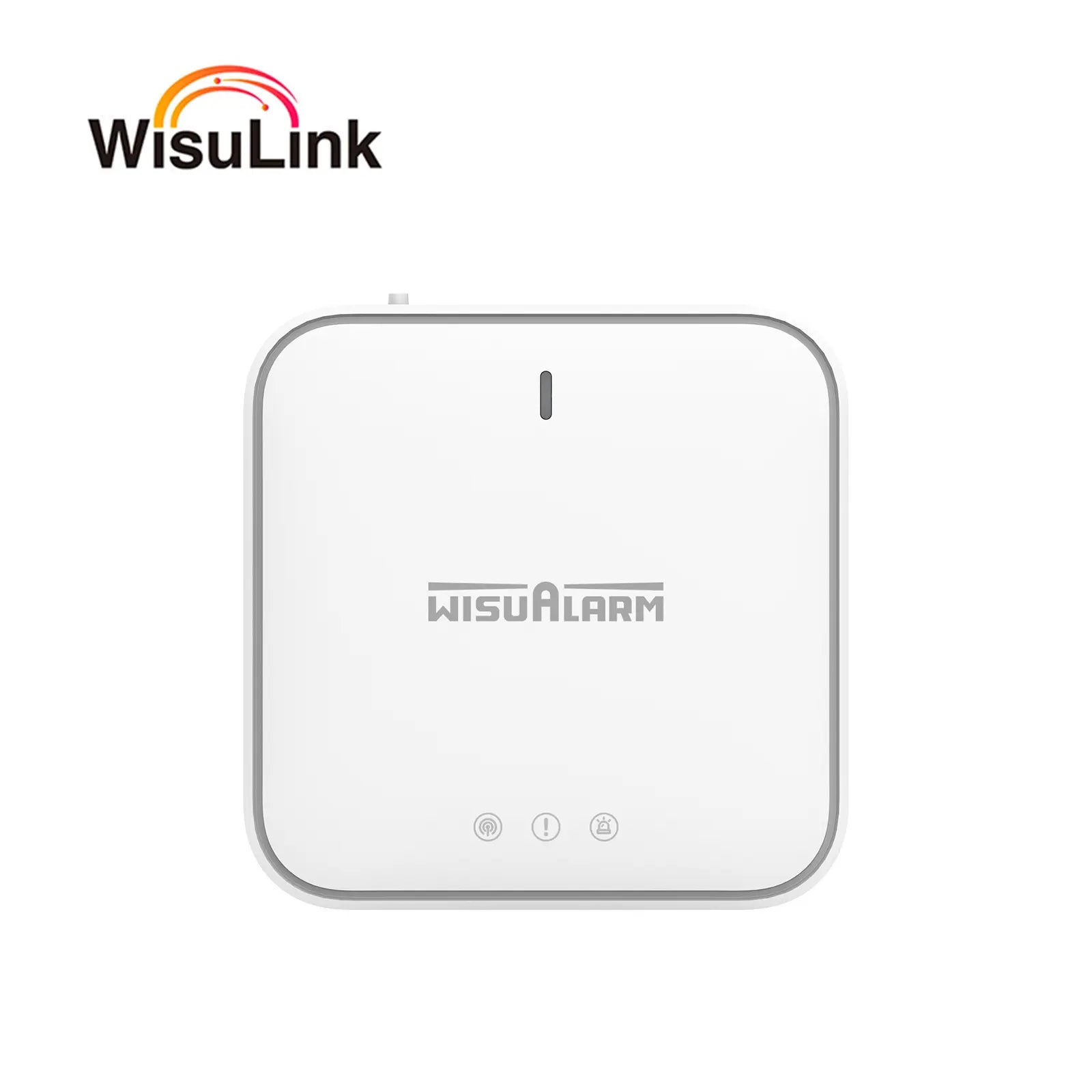
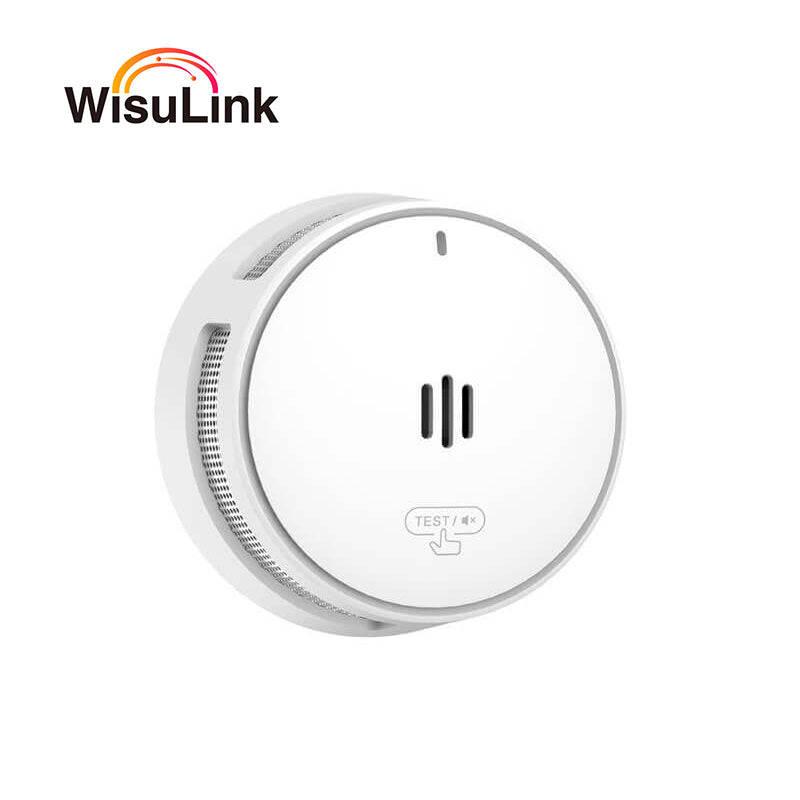
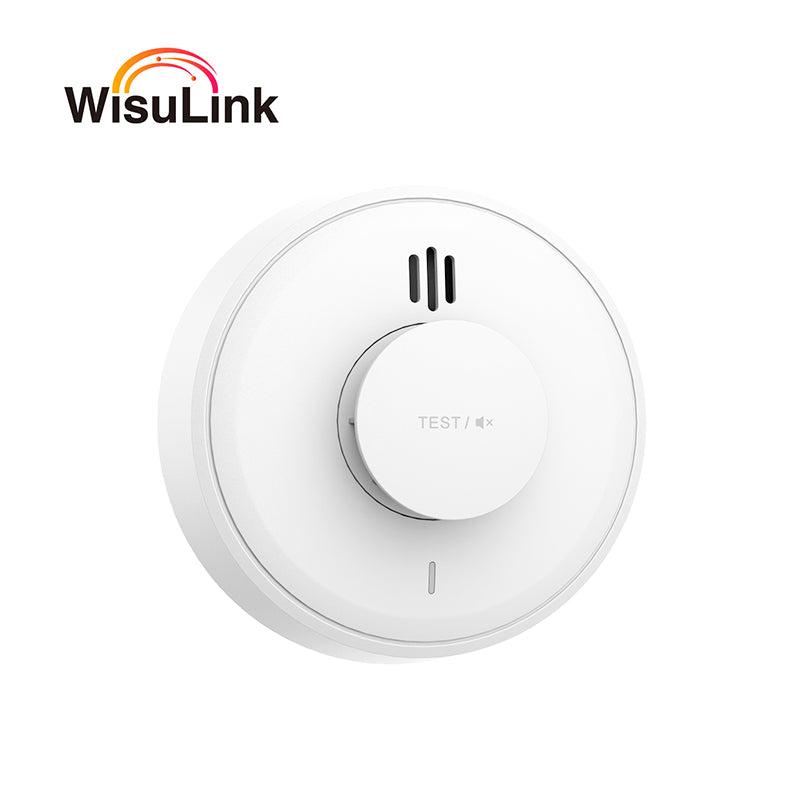


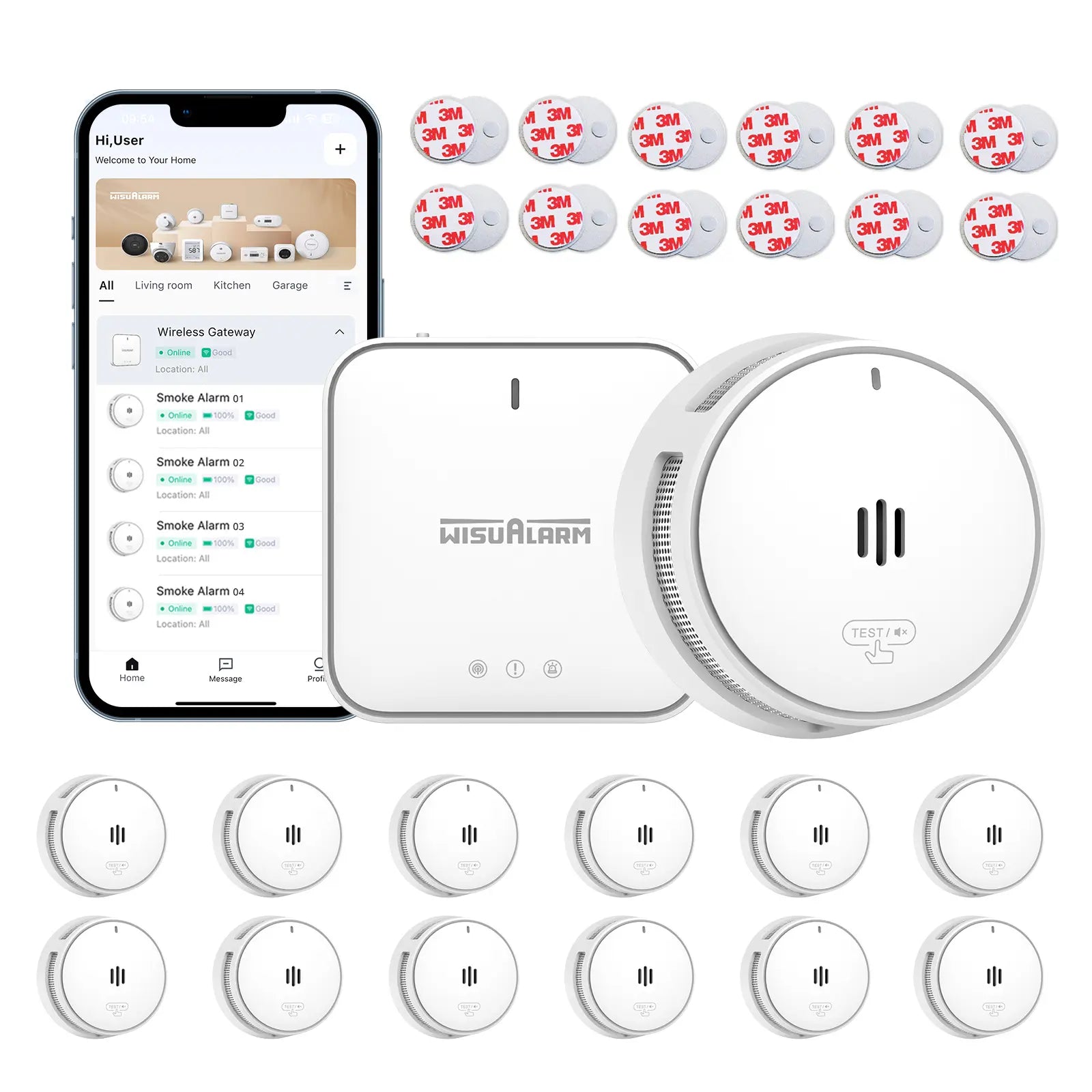




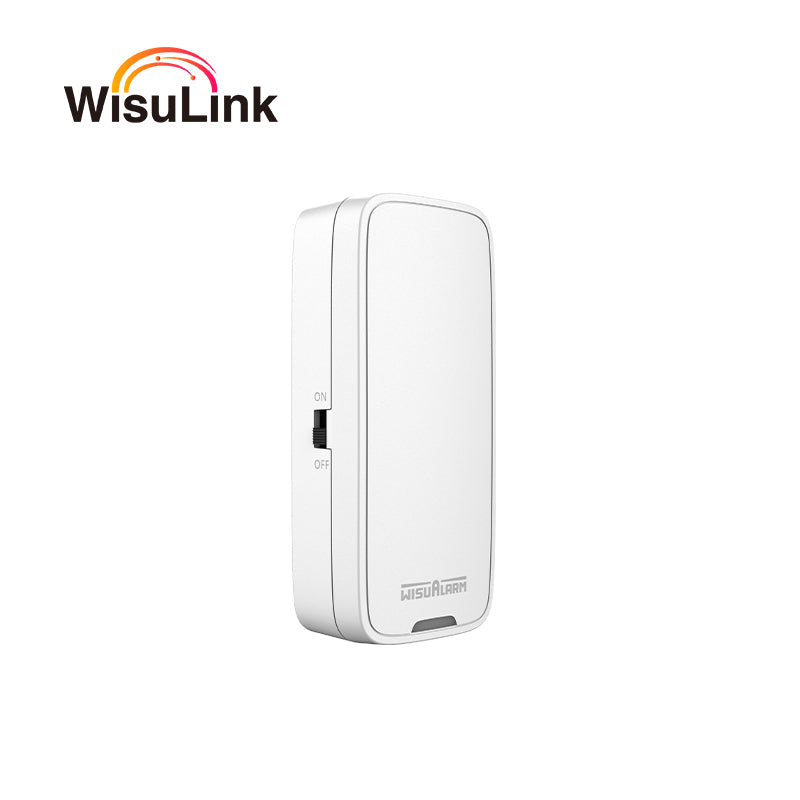









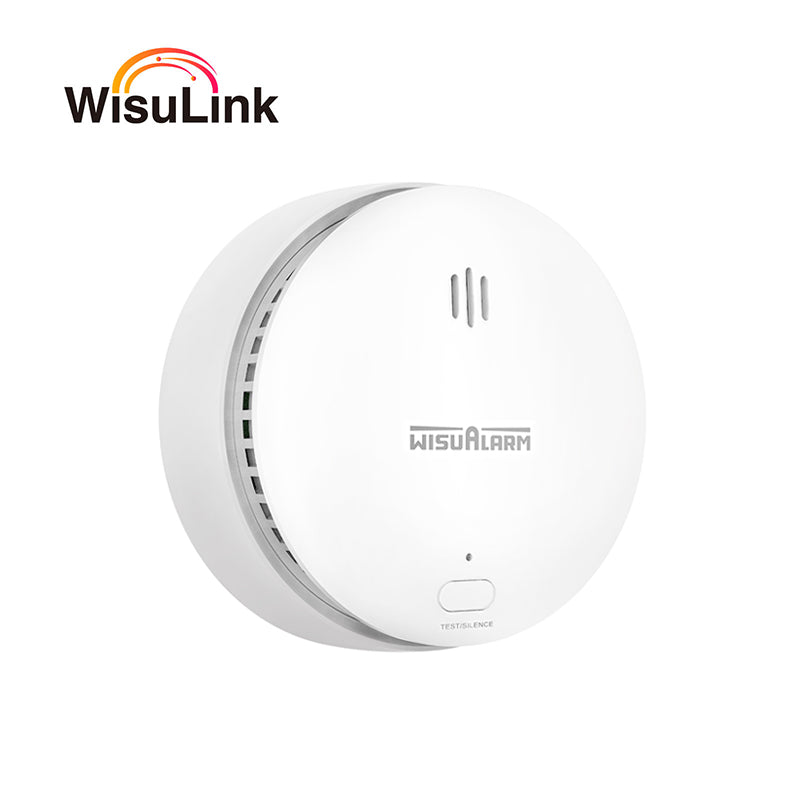
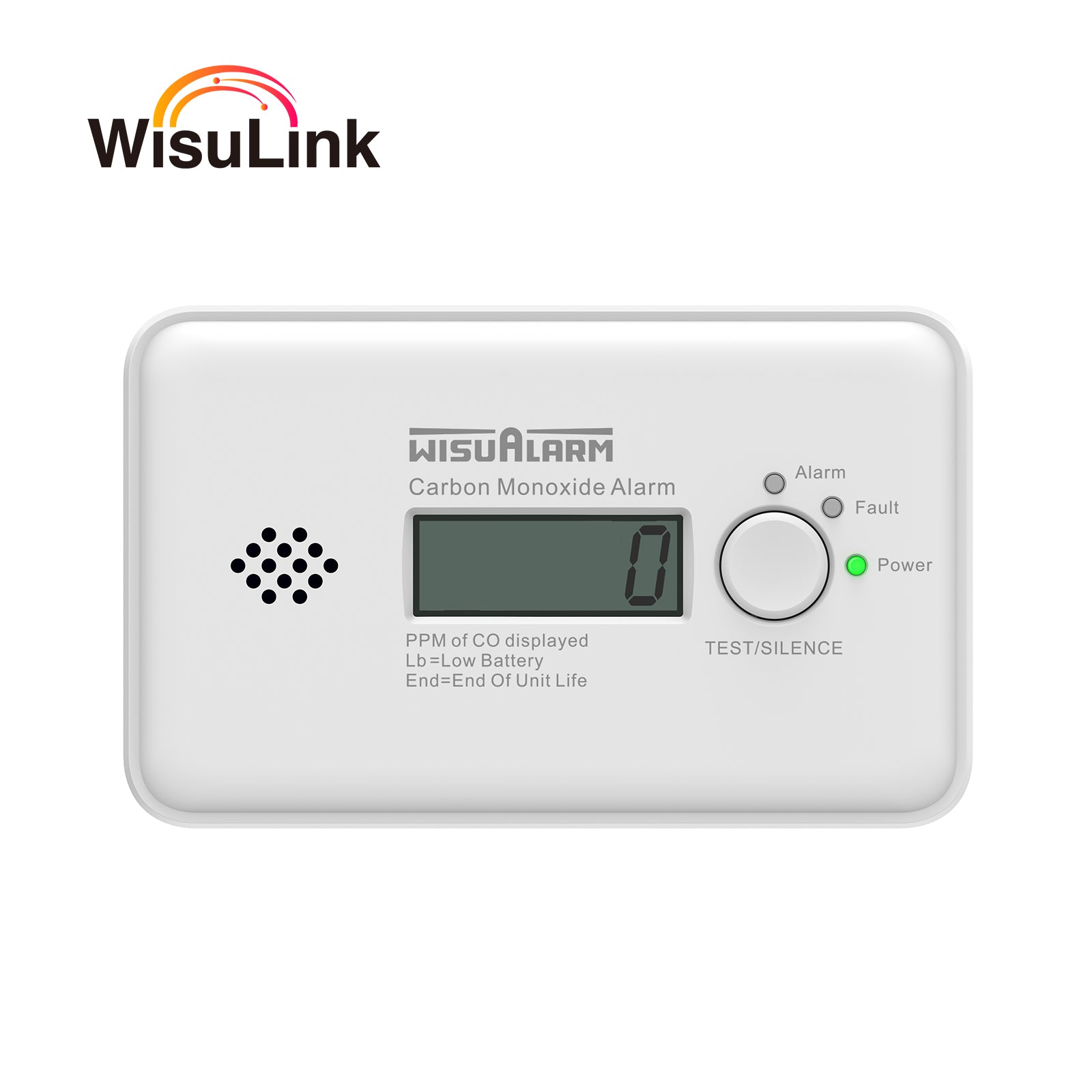
























Laat een reactie achter